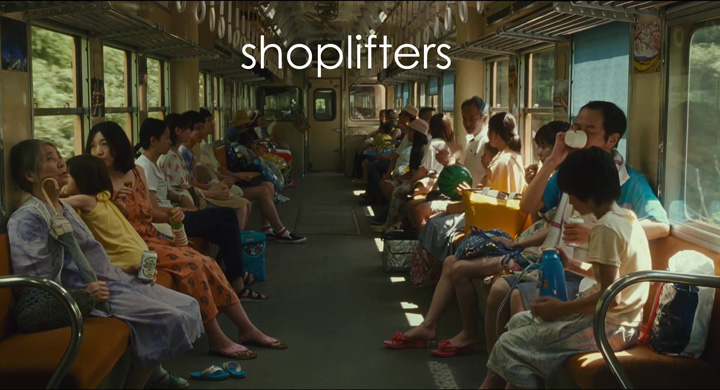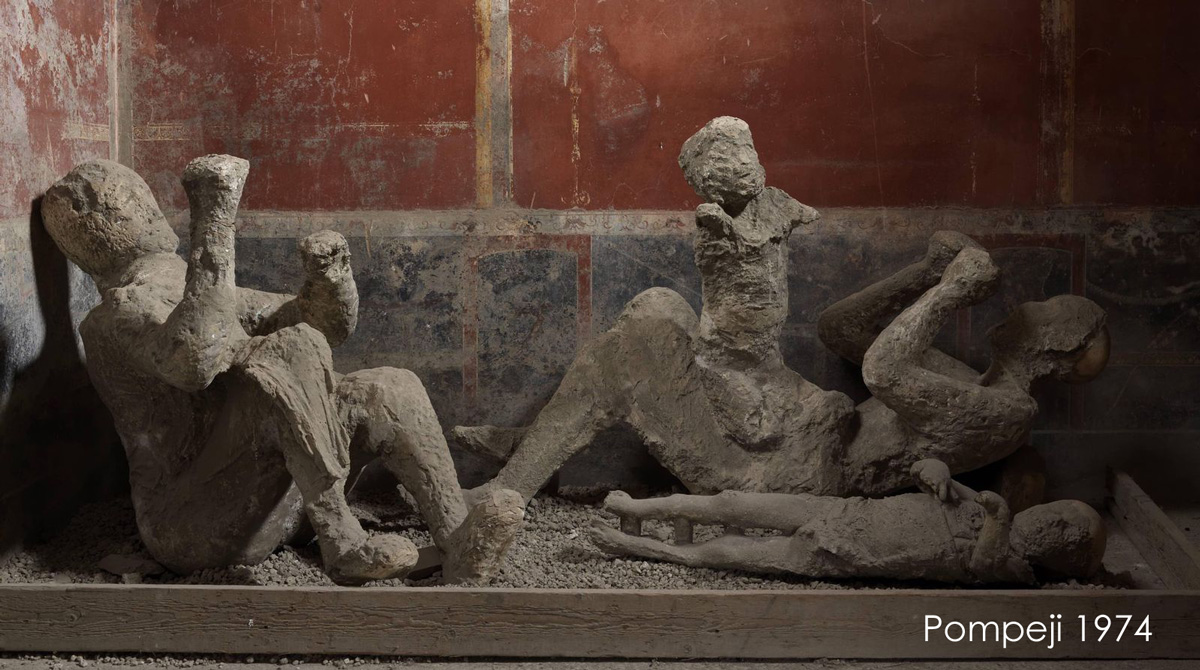
Trailer
Shoplifting Family
Manbiki kazoku is a Japanese feature film about an unconventional family from the Japanese precariat. It won the Palme d'Or in Cannes in 2018 and subsequently numerous other prizes.
万引き家族
Shoplifters

Shoplifting Family
Manbiki kazoku is a Japanese feature film about an unconventional family from the Japanese precariat. It won the Palme d'Or in Cannes in 2018 and subsequently numerous other prizes.
Title: Shoplifters
Original title: 万引き家族 Manbiki kazoku (Shoplifting Family)
Published: 2018
Length: 122 minutes
Staff
Director: Hirokazu Koreeda
Script: Hirokazu Koreeda
Music: Haruomi Hosono
Cast
Kirin Kiki: Hatsue Shibata
Lily Franky: Osamu Shibata
Sakura Andō: Nobuyo Shibata
Mayu Matsuoka: Aki Shibata
Jyo Kairi: Shota Shibata
Miyu Sasaki: Yuri
Sōsuke Ikematsu: 4 ban-san
Chizuru Ikewaki: Kie Miyabe
A poor blended family lives in a confined space in the metropolis of Tokyo. Osamu has odd jobs in construction, his wife Nobuyo works in a dry cleaner, Aki earns her first living as an animation girl, and the elderly Hatsue, the owner of the tiny house, is on a widow's pension. The family covers part of their daily needs by shoplifting, which Osamu usually does with the help of Shota, who is around 10 years old. On a particularly cold winter night, the two also bring 5-year-old Yuri home with them, who apparently is regularly locked out on the balcony by her parents. She quickly gets used to her new family and experiences affection and love. Shota involves her in the shoplifting and, at Osamu's request, soon recognizes her as his "sister". When the police are finally looking for her, they cut her hair and give her a new name, Lin. ...
Aki and Yuri try to escape, but are arrested by the police. In one-on-one interviews, detectives and psychologists now get to the bottom of the family's history. What was already becoming clear before, is now fully uncovered: The members of the small "family" are in reality apparently not related to one another or only to a large extent. ...
"What is a family?" is the unspoken central question that accompanies the viewer through the film.
Critics complain that shoplifters is “slightly socially romantic” by creating the illusion that “it is more warm and humorous on the fringes of society than in the middle”.

Since around 1863, a special technique to reconstruct the bodies of buried people has been used in excavations at Pompeii, which was destroyed by the eruption of Vesuvius in 79 AD. The cavities left by the decomposed bodies in the cooled rock are carefully filled with plaster. After the plaster has solidified, the dead can be recognized as plaster models. One of the numerous finds is a group of four people found in 1974, which has so far been interpreted as a mother, father and two children (see illustration).
From an article in tagesanzeiger.ch dated November 8, 2024:
"Two adults were lying under the remains of a staircase near the exit to the garden. A child was crouched on one of them's lap, and a gold bracelet was also found there, so it was obviously the mother. The body of a child, perhaps four years old, was lying on the ground nearby. It quickly became clear to the excavators: a family had died here."
"The common interpretation of the finds, which is based only on the external appearance of the casts, cannot be correct. This is what researchers led by archaeogeneticist Alissa Mittnik from the Max Planck Institute for Evolutionary Anthropology in Leipzig are now reporting in the journal "Current Biology". The team has examined the skeletal remains of a total of 14 dead people found in Pompeii, genetically examined, including the dead from the "House of the Golden Bracelet."
The DNA analyses now show: "The supposed mother was biologically a man and not related to the others. And he was not the father of the child on his lap. The four dead people found in this room were all not related to each other, at least not up to the third degree of kinship."
One could use this group as an example of patchwork families in ancient Rome (Pompeii), similar to the film Shoplifters. Of course, other explanations are also possible.